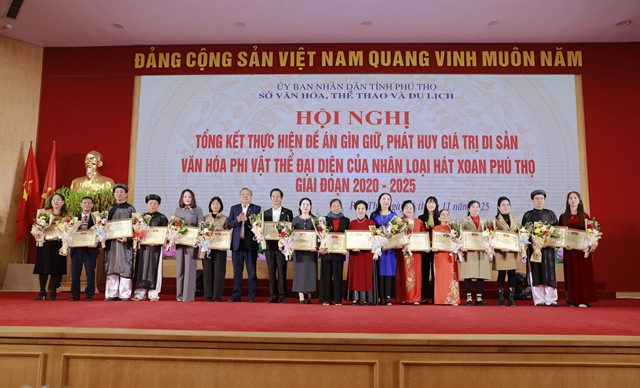 Society
Society
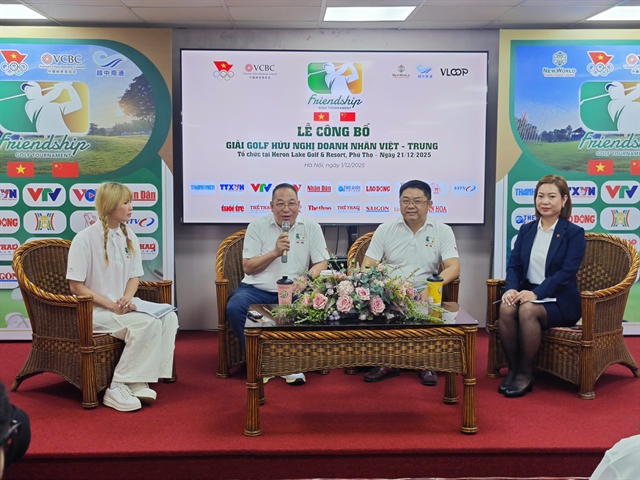
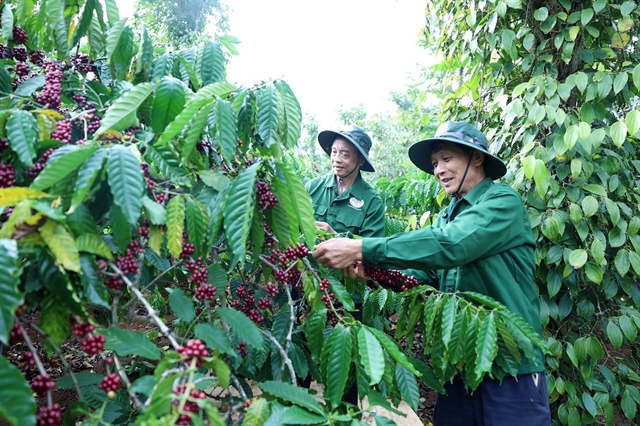 |
| Harvesting coffee in the 2024–25 crop season in Đắk Lắk Province. – VNA/VNS Photo Hoài Thu |
ĐẮK LẮK – Crop production across the South-Central Coastal–Central Highlands region basically met the 2025 targets despite the adverse impacts of droughts and storms.
The region’s total rice-growing area was estimated at 785,000ha this year, with an output of 5.1 million tonnes, up 5,600ha and 136,900 tonnes from last year, according to the Plant Protection and Cultivation Department under the Ministry of Agriculture and Environment.
Key industrial crops such as coffee, pepper, rubber, cashew, and tea had a total area of nearly 1.2 million hectares and a combined output of over 2.8 million tonnes, up 127,100 tonnes from last year.
Fruit output was estimated at more than 2.9 million tonnes, while vegetables and short-term crops reached 19.8 million tonnes.
Agricultural exports continued to play a vital role in regional growth.
In the first nine months of 2025, coffee exports earned US$6.98 billion, fruit and vegetables earned $6.22 billion, and cashew nuts $3.75 billion. The export revenue of these products all increased compared with last year.
The region, which comprises the provinces of Quảng Ngãi, Gia Lai, Đắk Lắk, Khánh Hòa, Lâm Đồng, and Đà Nẵng City, is a key growing area of the country’s major industrial crops, including coffee, pepper, rubber, and cashew.
The region also produces fruit for export such as durian, passion fruit, and dragon fruit, and supplies domestic markets with distinctive fruits including avocado, grapes, and jujube.
In recent years, the region has also developed the country’s largest macadamia growing area.
Speaking at a seminar reviewing crop production in 2025 and outlining the 2026 plan for the region in Đắk Lắk Province earlier this month, Nguyễn Quốc Mạnh, deputy director of the department, said despite harsh weather and the ongoing administrative restructuring, the region’s crop production maintained stable growth.
However, crop production still faced several difficulties, said participants at the seminar.
The region’s irrigation infrastructure remained insufficient for large-scale production.
Value chain linkages remained weak, production was fragmented, and the management of production codes for growing areas and packing facilities was inconsistent.
The agricultural workforce, especially local technicians, had declined following the national administrative mergers on July 1. This shortage posed challenges for the shift to high-tech and circular farming models.
Cultivation plan
Based on weather and water resource forecasts, the Plant Protection and Cultivation Department has drawn up a 2026 production plan for the entire region.
Accordingly, the region will grow 785,400ha of rice, 265,000ha of fruit trees, and more than 1.1 million hectares of key industrial crops next year.
To achieve these targets, the region’s localities are required to promptly review 2025 production results and roll out their plans for 2026.
They should mobilise all available resources to actively respond to and overcome natural disaster impacts, ensuring planting schedules stay on track, said the department.
At the same time, investment was needed to repair irrigation works, arrange suitable cropping seasons and varieties, and prioritise medium- and short-term high-yield varieties that are drought-tolerant, it said.
The department also requested stronger inspections of agricultural input suppliers and the organisation of training courses on climate-adaptive farming, water-saving irrigation, emission reduction and the development of circular agriculture and carbon credit initiatives.
Nguyễn Thiên Văn, deputy chairman of the Đắk Lắk Province People’s Committee, said the province considered 2026 a pivotal year for shifting towards green, circular, low-emission, and high-tech agriculture.
“Đắk Lắk will continue developing key products such as coffee, pepper, rubber, and fruit through sustainable value chains, promoting digital transformation and product traceability,” he said.
The province also planned to link agriculture with deep processing and export markets while expanding international-standard production areas to meet the rising requirements of markets such as Europe, the US, and Japan.
Đắk Lắk now has more than 657,000ha of agricultural land, one of the country’s largest areas.
Seminar participants agreed that the region’s localities should implement comprehensive measures to develop green, ecological, and circular agriculture.
This approach would boost productivity, quality, and economic efficiency while helping fulfil Việt Nam’s commitment to reduce greenhouse gas emissions, they said.
Hoàng Trung, Deputy Minister of Agriculture and Environment, asked the region’s localities to draw up production plans for the 2025–26 winter–spring crop based on water availability and to ensure timely harvesting of the 2025 summer–autumn rice crop.
He directed provinces to convert low-yield rice areas into fruit trees and short-term crops linked with production and consumption networks.
Localities must also strictly manage the expansion of high-value crops like durian, passion fruit, and pepper, while replanting ageing coffee and cashew trees with high-yield, quality varieties aligned with market demand, he said.
He called for strengthened inspections of growing area codes and packing facility codes, and compliance with the European Union Deforestation Regulation (EUDR) for coffee and rubber exports. – VNS

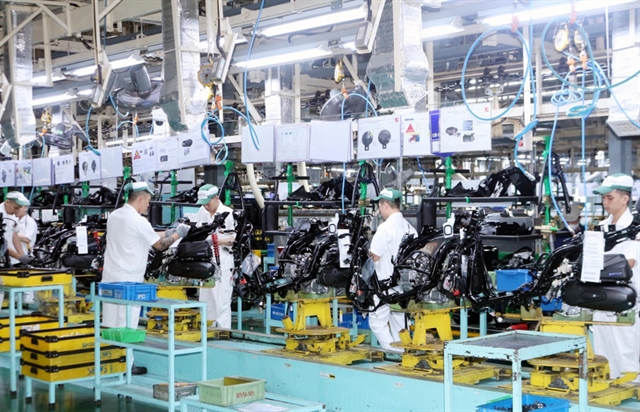
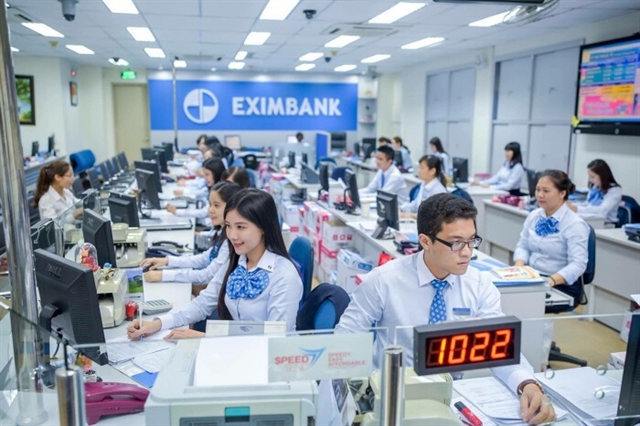
 Ảnh JP Morgan.png)
